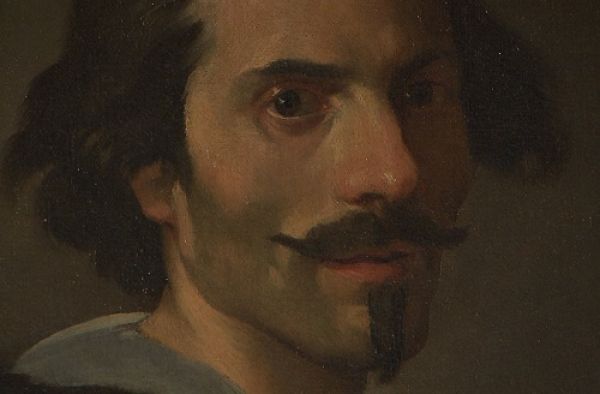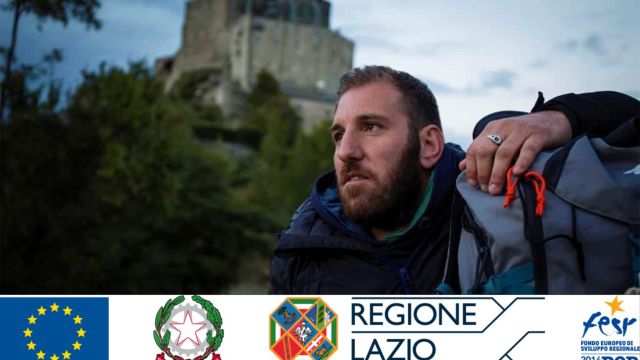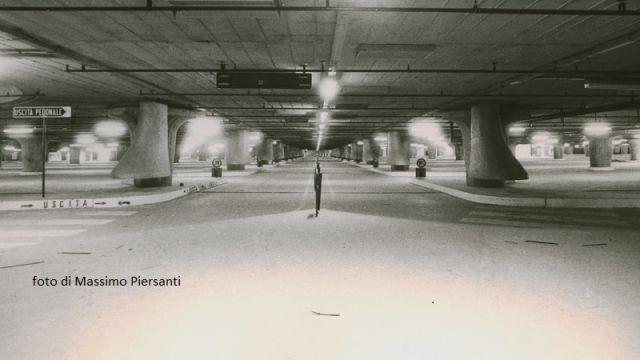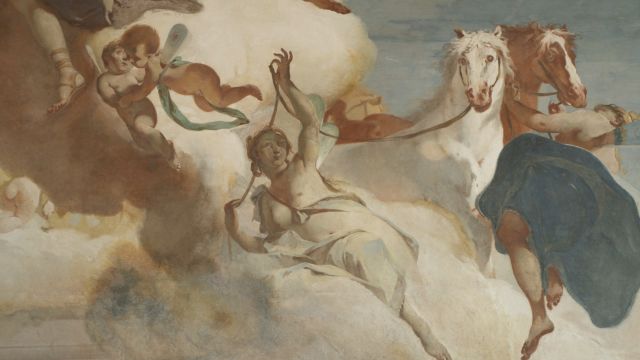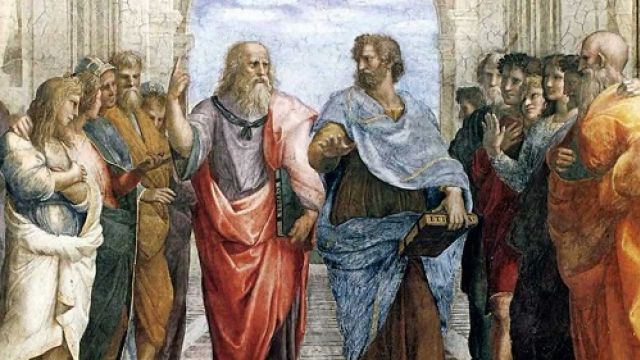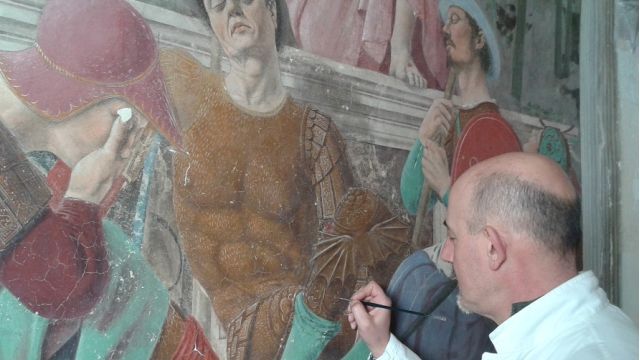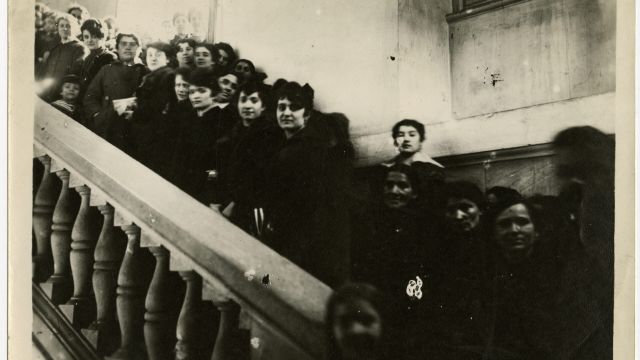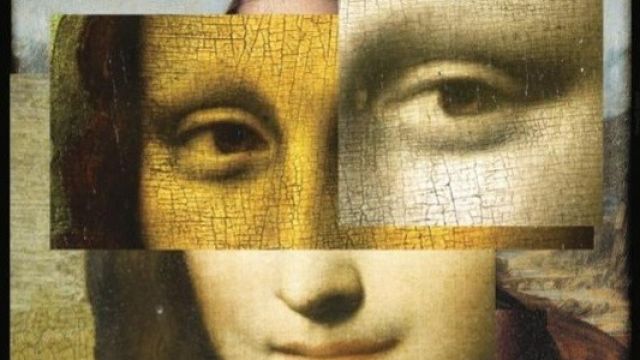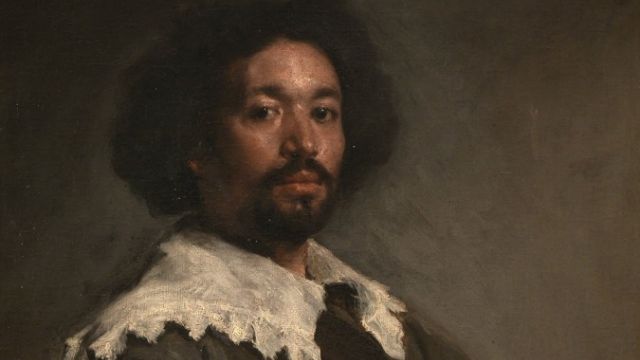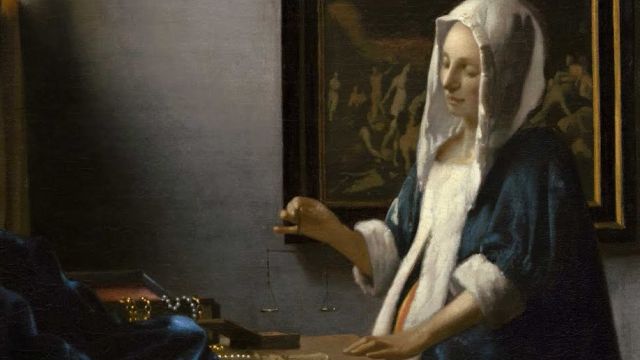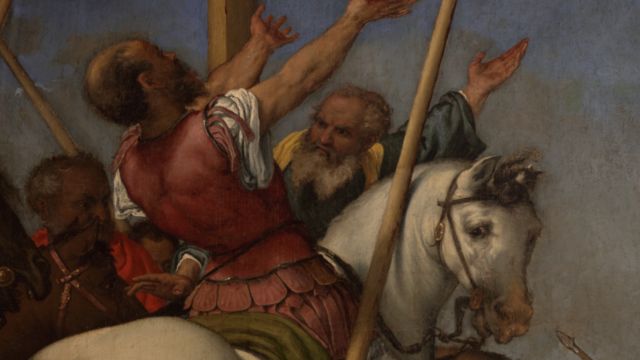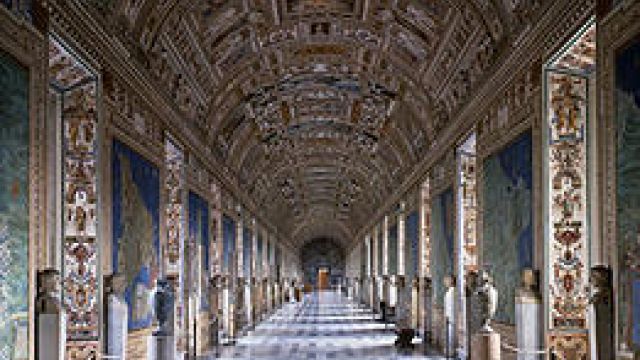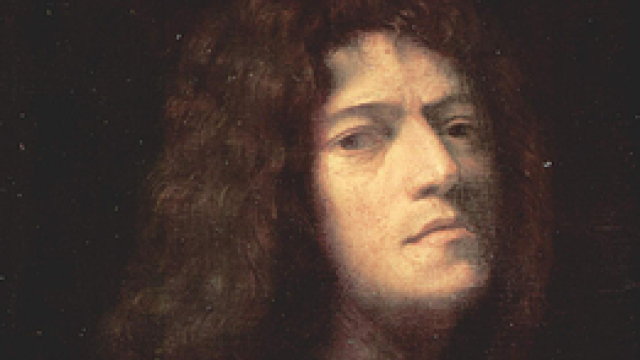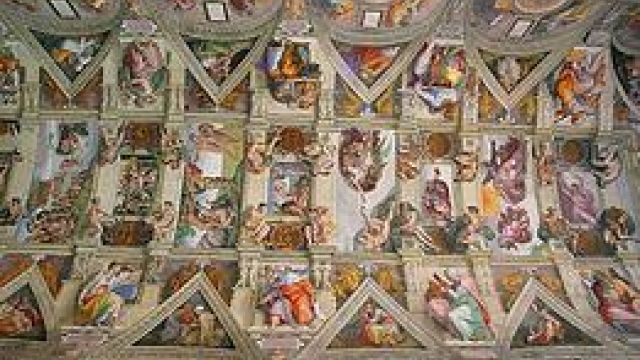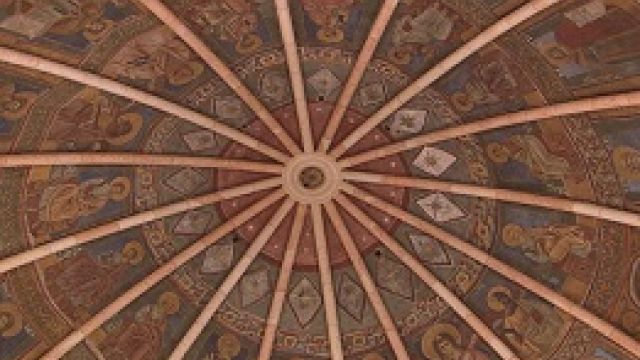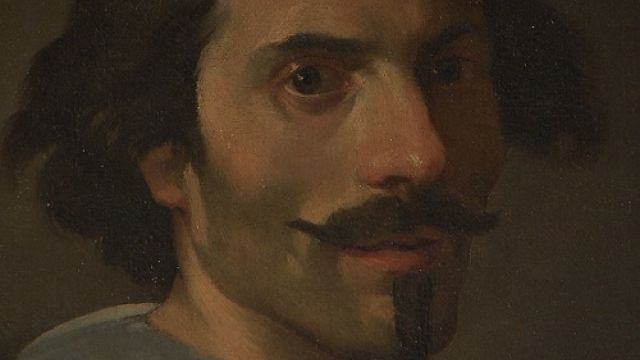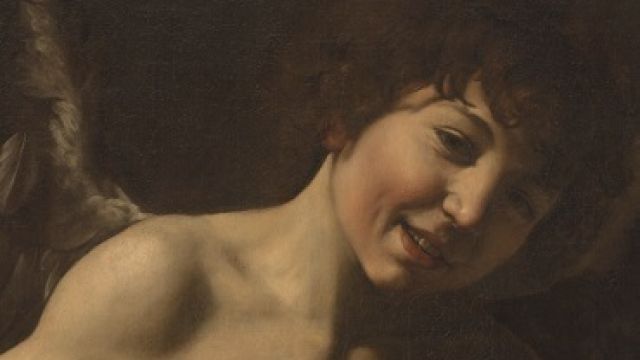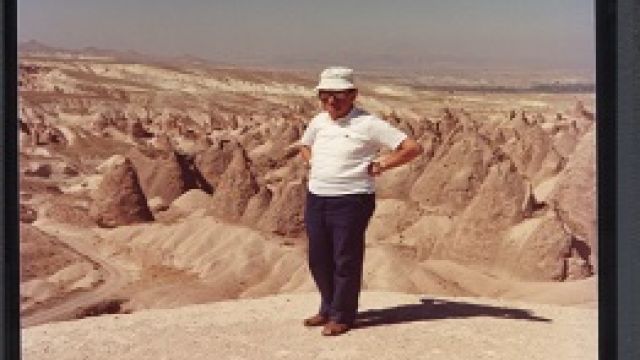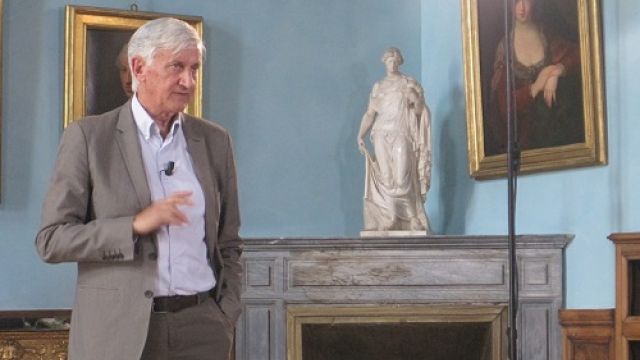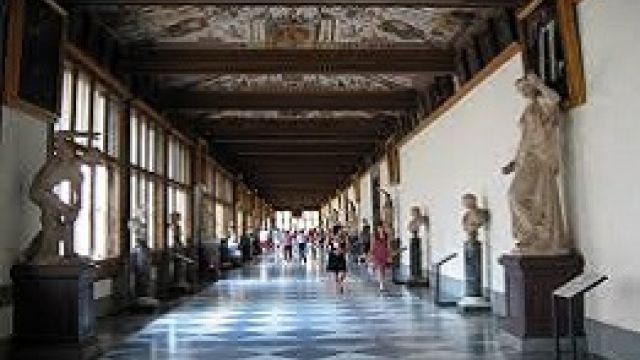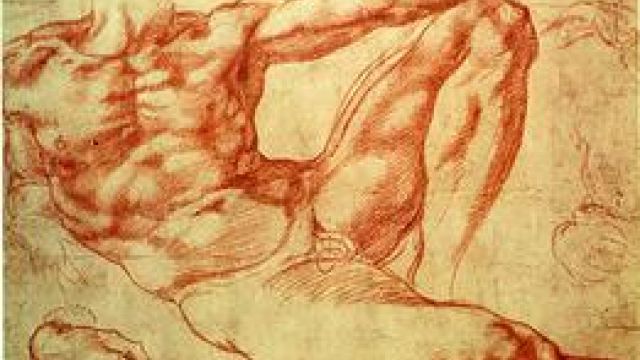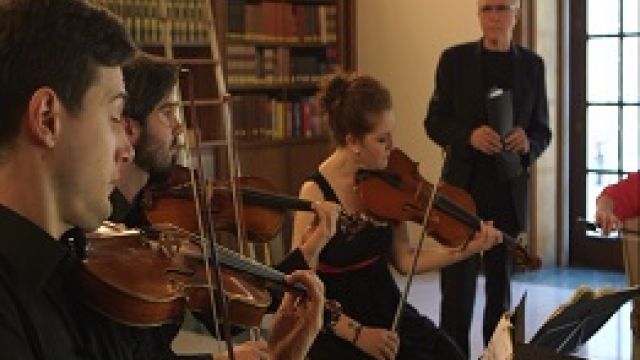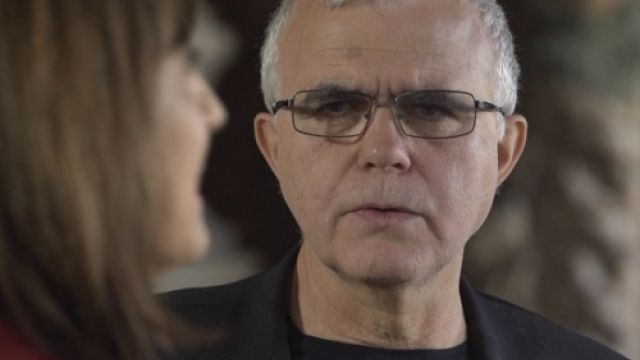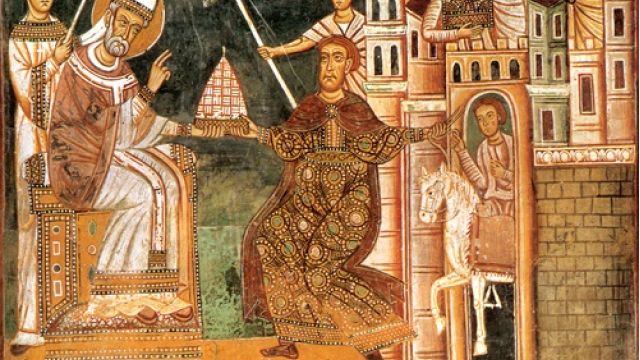BERNINI’S FREEDOM
-
YEAR
2014 -
DURATION
8 x 52′ -
VIDEO FORMAT
HD -
AUTHOR
Tomaso Montanari -
DIRECTOR
Luca Criscenti -
PHOTOGRAPHY
Francesco Lo Gullo -
VIDEO EDITING
Massimiliano Cecchini -
PRODUCTION
Land Comunicazioni -
ON AIR
Rai 5
Before Caravaggio was forced to flee, when Annnibale Carracci had not yet given in to melancholy and Rubens seemed to be opening up paradise to painting, the artist who would apply these men’s revolutions in the fields of sculpture and architecture arrived in Rome. His work would mark a new era in the history of western art. Gian Lorenzo Bernini was born December 7, 1598 in Naples, where his father Pietro worked for the Viceroy and for the main churches in the city. When the rich work-sites set up by pope Paul V Borghese attracted Pietro to Rome, Gian Lorenzo had just turned six years old. After a precocious beginning and the meeting with an impressed Cardinal Scipione Botghese, nephew of the pope, he would gain immediate success. Bernini was in his twenties when he sculpted the statues for the cardinal’s country villa; he was twenty-seven when he completed one of the most well-known masterpieces of all time, the statue of Apollo and Daphne. As early as 1630 his work was acknowledged as being so important and innovative that painters were learning from him. The Baldachin and colonnade f Saint Peter’s, the busts and painted portraits, the churches of Saint Bibiana and Saint Andrew’s at the Quirinal, the Ecstasy of Saint Teresa, the dying body of Blessed Ludovica Albertoni: eight episodes cover the artistic career of the leading Baroque sculptor, painter, and architect. The critical interpretation of his works also focuses on the historical context, on the artistic production of his time, and on the accounts given by his contemporaries. In an in-depth narration, which transfers the resources of art history to the language of television, we visually investigate the works with the use of photography. A special guide leads us in an eight-episode journey in the life and art of Gian Lorenzo Bernini.
1. The beginning (1598-1618)
The journey begins in Naples, where Bernini was born and formed his first impressions following the work of his father. From there we move to Florence, the home city of the Bernini family, with a rich sculptural tradition absorbed by the young Gian Lorenzo. We then move to the Rome of Pope Paul V Borghese and to the places where a revolution in painting techniques is taking place with the work of the artists carefully studied by Bernini: Annibale Carracci, Caravaggio, Rubens. We follow Bernini’s training, looking at some of his early works: The Goat Amalthea with the Infant Jupiter and a Faun, now in the Borghese Gallery, the Martyrdom of Saint Lawrence housed in the Uffizi Gallery, and the bust of Pope Paul V, the first work commissioned to him by the Borghese Pope, the work that revealed the talent of the young artists to his contemporaries, the “Michelangelo of the new century”.
2.Success (1618-1625)
During these years Bernini alternates between statue groups and portraits. Gian Lorenzo is now well known within the artistic scene. We embark on a voyage through the grand Roman palaces and churches, from the Spanish Embassy to the Holy See in Rome, to admire the two busts portraying the Blessed Soul and the Damned Soul, to Villa Borghese, to visit the grand group sculptures commissioned by Scipione Borghese, cardinal-nephew to Pope Paul V, starting with the Aeneas and Anchises. The journey will take us to London, to see the Neptune, created for a villa no longer standing, that belonged to the cardinal Peretti di Montalto. Then, we return to Rome and to his most renown works: the Rape of Proserpina, the David, and the Apollo and Daphne.
3. Master of the World (1623-1644)
Bees swarmed through the city of Rome the day Maffeo Barberini became Pope Urban VIII in 1623. Bees are the symbol of the Barberini family, and Urban VIII was the Pope who opened the doors of the city to Bernini, inviting him to work first in a small church on the outskirts of the city, the church of Saint Bibiana, and then in his Roman palace, Palazzo Barberini. Finally the Pope commissions Bernini to work in Saint Peter’s Basilica where he created the great Baldachin, covering the altar and the tomb of the first apostle, the area underneath, the heart of the Basilica where Bernini staged a grandiose scene, and finally the tomb, that Gian Lorenzo works on, reinventing a tradition started by the genius of Michelangelo.
4. The Colour of marble (1623-1640)
Painting and sculpture. Two sides of the same coin. On the one hand Bernini the painter, who works on portraits, the “portraits of no-one”, stories with no action, where the artist can express himself freely and boldly, works not fully understood by his contemporaries. On the other hand the sculptor, and the works in which the same freedom is visible on the faces of the most powerful men of the time, popes and cardinals above all, their features carved with no embellishments, portraying all their human defects and weaknesses. One bust stands out, almost like a painting, it is the bust of a woman, Costanza Bonarelli, his lover, at the centre of a gruesome events.
5. Bernini the magician (1644-1655)
Fire, water, mountains, light. Bernini is a magician, he shapes these elements into marble, giving stone the forms and colours of nature. Magic. The squares and the churches of Rome are the stage of life and art. It is the scene in which the artist’s freedom is expressed in unforeseen ways. This phase had started badly, in 1644, with the arrival of Pope Pamphili, who at first seemed to be hostile toward him. This is not in fact the case, as the new Pope Innocent X will set the conditions for Bernini to transform the features of Rome, from the Fountain of the Four Rivers in Piazza Navona, to the first project for Palazzo Montecitorio. Inside the churches Bernini designed group statues as theatrical scenes: from the Chigi Chapel in Santa Maria del Popolo, to the Ecstasy of Saint Teresa in Santa Maria della Vittoria.
6. Bernini and the city (1655-1669)
The comet of Christina of Sweden glows over the Porta del Popolo, ten large angels glide over the bridge that leads to Hadrian’s Mausoleum, a forest of columns envelops the square opposite Saint Peter’s. Bernini reinvents Rome, he interacts with space, mixing and confounding reality and fiction, inside and outside. The Chair of Saint Peter in the apsis of the Basilica of Saint Peter’s, a vision of paradise; a Roman emperor, Constantine, who rides his horse down the corridors in the Vatican, an elephant, just behind the Pantheon, carries an obelisk on its back. Bernini designs the interiors as if they were open spaces and plays with light: at the centre of the Ducal Room at the heart of the Vatican a group of angels, children, wave a large drapery, the church of Saint Andrew’s at the Quirinal moves like an ample spiral. True and false, reality and representation, are categories of the spirit.
7. Bernini outside of Rome (1655-1670)
Also outside Rome Bernini continues to play with commissions of popes and kings. One pope, Alexander VII, sends him to the Castelli Romani, the hills near Rome, to Ariccia, ordering him to build a palace and a church. He then takes him to his home town, Siena, where the talent of Bernini explodes in a Baroque chapel amidst the Gothic shapes of the Cathedral. Francesco I d’Este calls him to Modena and commissions a bust; from Paris Richelieu also asks him for a bust; Charles I in London asks the same and sends a portrait. Bernini never carved the bust for Charles I, but he carved a bust of the messenger who had been sent with the portrait. Louis XIV calls him to Paris, and asks him to redesign the Louvre Palace. It is a defeat for Bernini, but his name is now also in the heart of Paris.
8. Bernini and the death
Just like Michelangelo. Bernini continues working without pause even in his seventies. He works on visions: kings, like Louis XIV, for whom he makes a colossal equestrian statue that the king disowns; or dying saints, like Ludovica Albertoni, who Gian Lorenzo wraps in soft sheets “for eternity” inside a church in the neighbourhood of Trastevere. Or rich noblemen, such as Gabriele Fonseca, who “lives on” in the niche of a chapel of San Lorenzo in Lucina. For the Chigi Pope, again in Saint Peter’s, Bernini draws a funeral monument where the pope is lifted up by drapery swept by the wind, above the entrance to Paradise, while a skeleton holding an hourglass reminds the onlookers that time passes for all. Time passes for Bernini as well: he dies in November 1680, but lives on, just like Fonseca, for the Romans and the citizens of the world.
